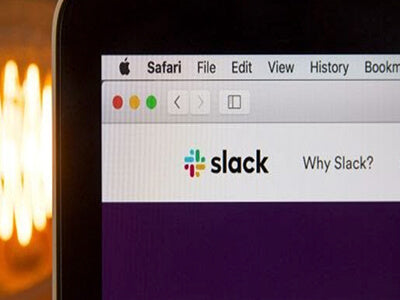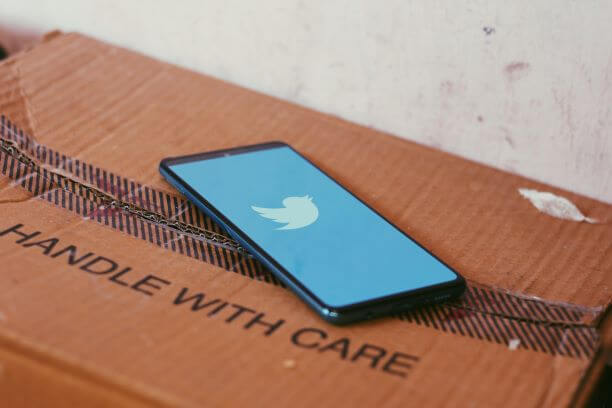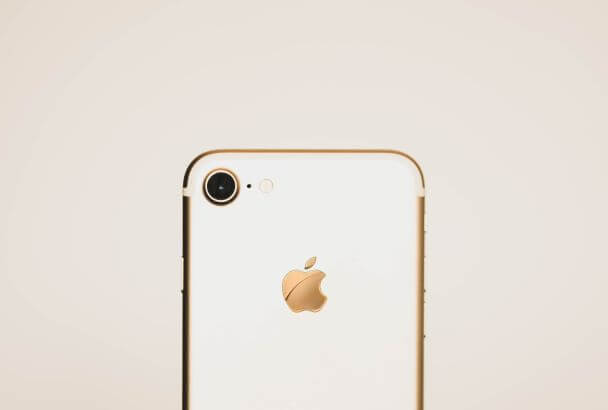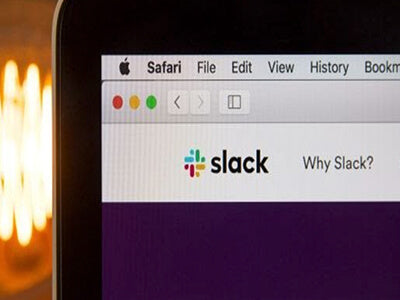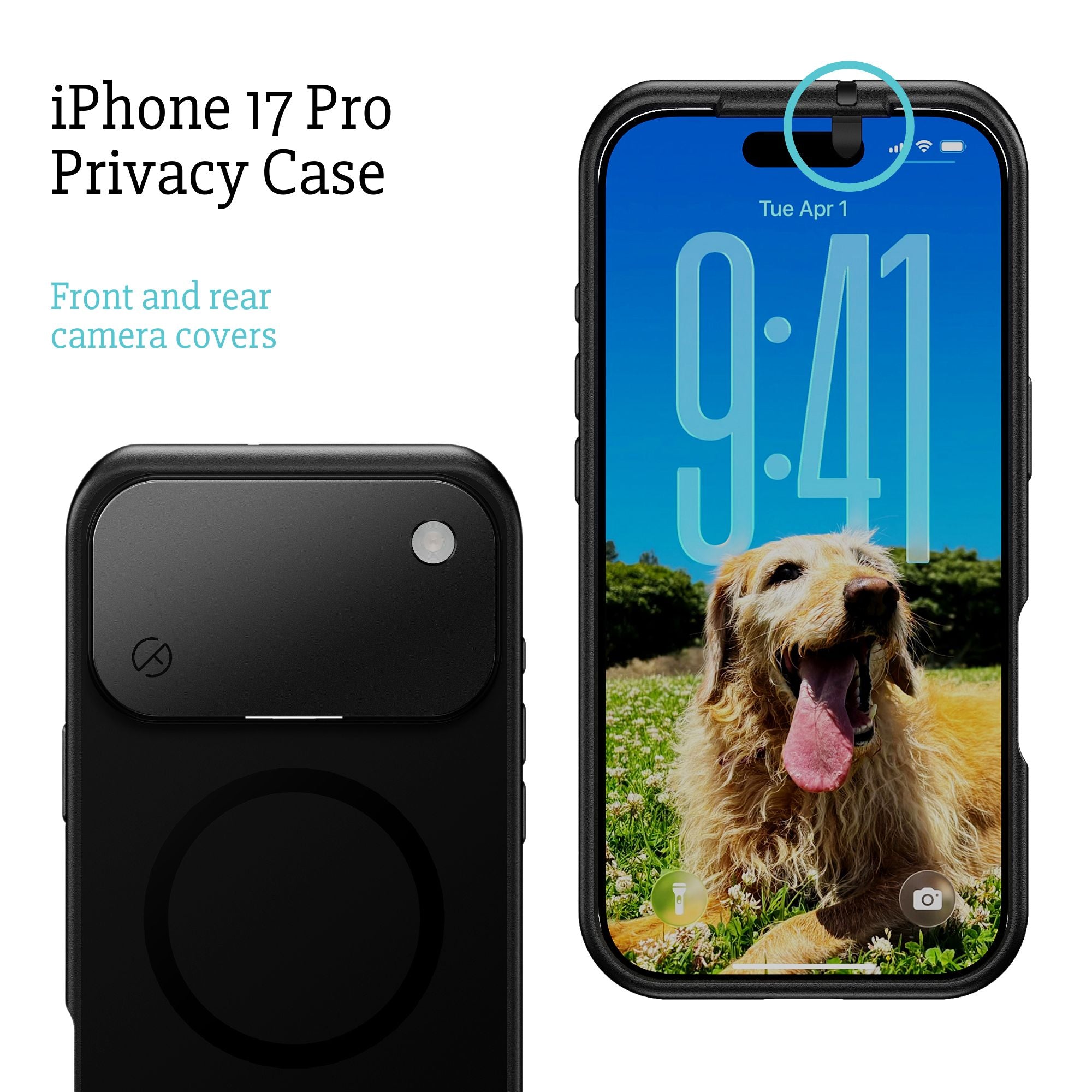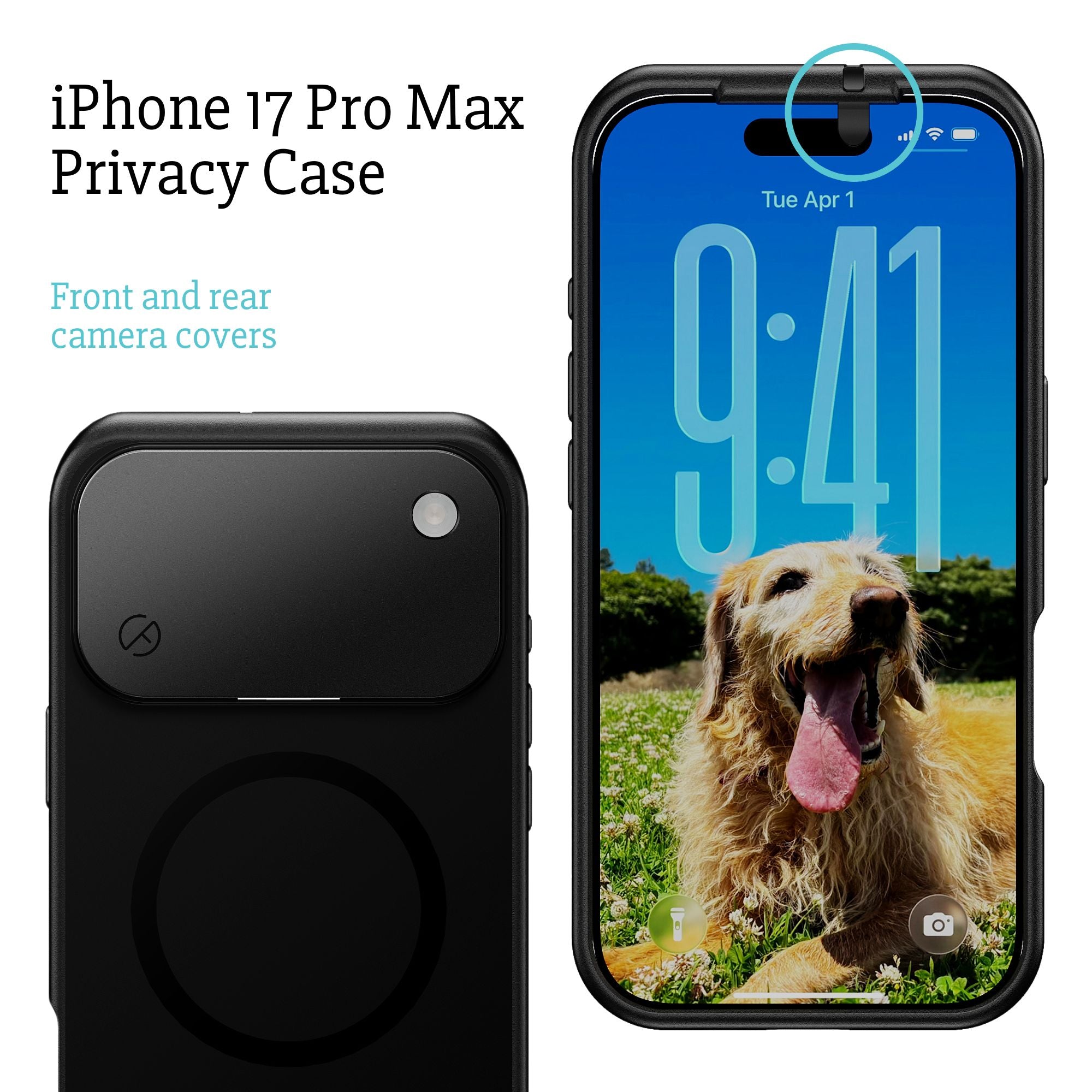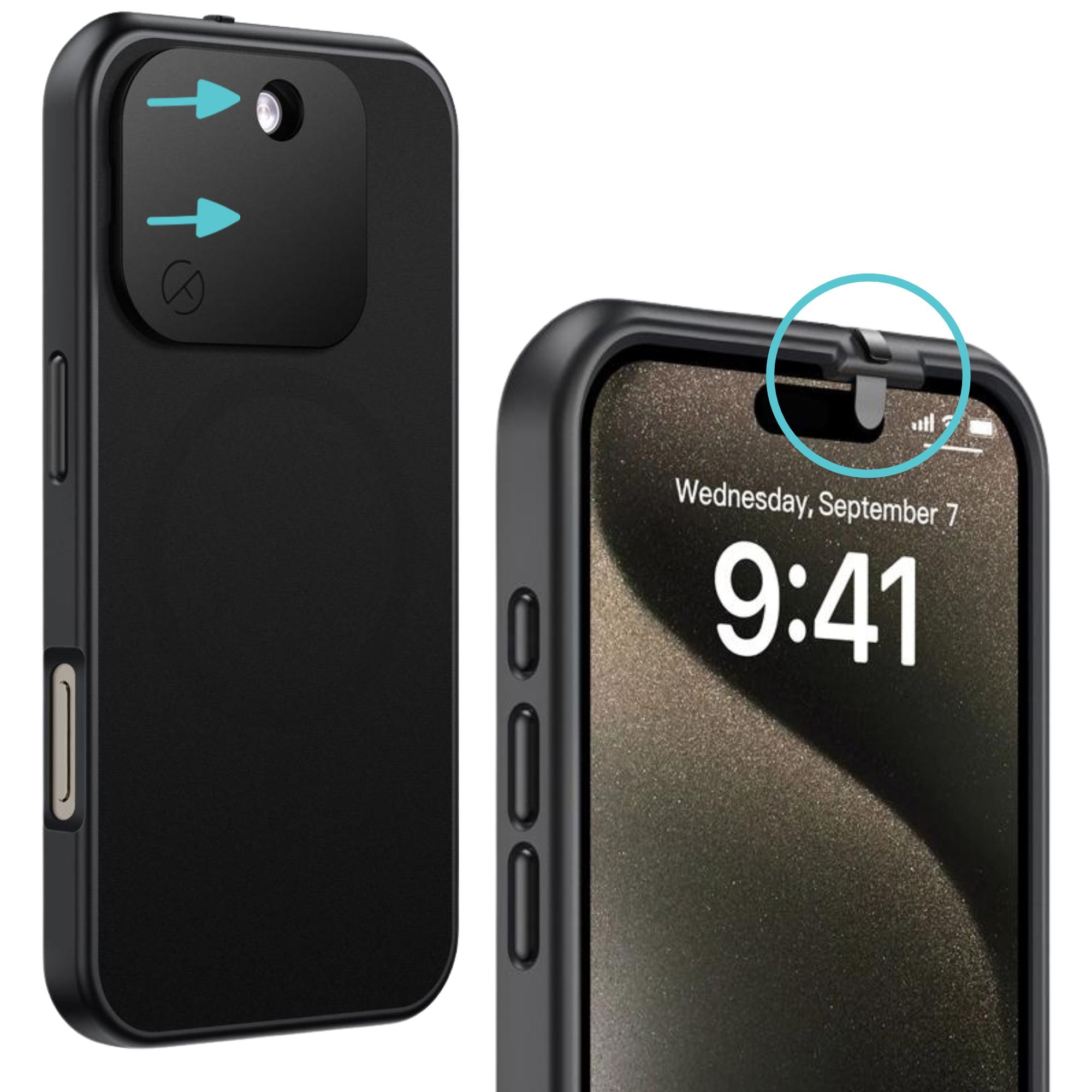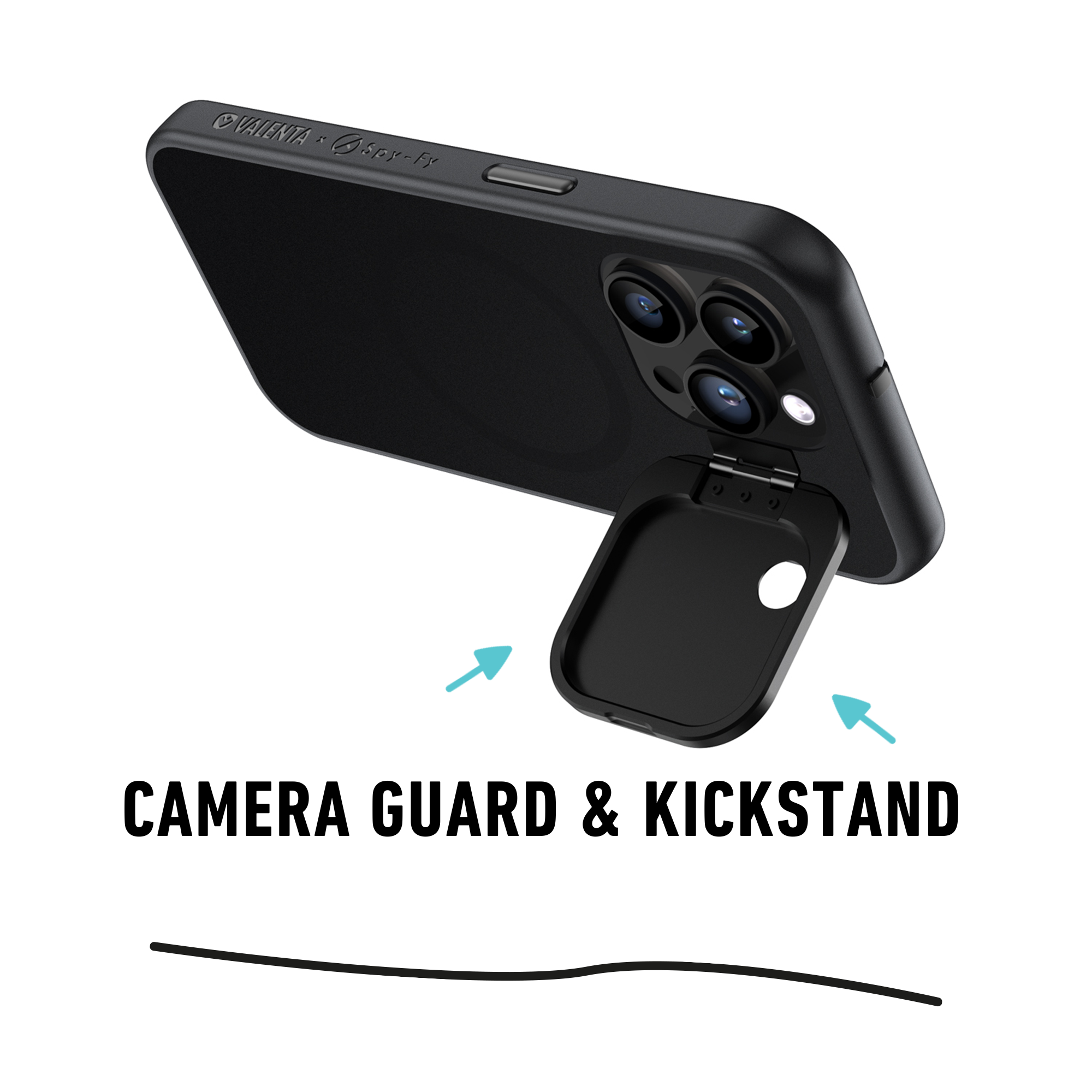Unlike Vegas, what happens in your Slack DMs doesn’t stay in your Slack DMs. For those unfamiliar with Slack, Slack is a communications platform used by businesses. Slack has “Channels” that include private groups where employees can chat or chat rooms organized by topic. Employees can also direct message one another. Basically, Slack is a tool that companies might use so that employees can easily chat. However, employees might wonder, how private are your Slack messages? Is your boss able to read your chats with your colleagues?
Essentially, yes, your employer may be able to access private messages. However, this doesn’t mean that your employer is snooping on the latest workplace drama. Employees can check to see whether or not their employer has the ability to download their DMs and read their private messages.
Slack privacy tips
Statista reports that 12 million active users are on Slack every day. During COVID-19, many employees made the switch to remote work. The functionality of Slack allows for direct and personal interactions between colleagues. This has been helpful for companies who want their employees to stay in close (virtual) contact, while work in the office is impossible. However, with the switch from in office to at home work, there have been a number of questions about employer surveillance that have been raised. Questions about Slack including if your boss could be reading your Slack DMs or the privacy of your account fall into this conversation. These 3 Slack privacy tips can help you keep your privacy intact while using Slack, and understand the scope of surveillance by your employer on Slack.
Slack privacy tip #1: Check to see which data can be exported
You can check to see if your employer has the ability to export data from your direct messages, i.e., those private convos you’ve been having with your colleagues. First, make sure you are logged into Slack. Next, go to slack.com/account/team. This should take you to a page called “About This Workspace.” Click on “Retention and Exports.”
Here you can learn two things: how long your conversation history is kept and which data your admins can access. Workplace owners can adjust some of these settings, so you can check out what settings are in place for your current workplace. If you are unsure about these settings, ask your employer directly about their use of Slack.
There are certain circumstances in which a company might download data. According to Slack’s “Guide to Slack import and export tools,” these situations include:
You can also check out how employers with different Slack plans may have different options for data export capabilities on the Guide to Slack import and export tool page linked above.

Slack privacy tip #2: Set up 2 Factor Authentication
Think about the scope of everything that is discussed on Slack. Would you want someone to be able to hack into your Slack account? Set up 2FA on your Slack account to increase the level of security. Luckily, 2FA is easy to set up on Slack!
Check out Slack’s guide to setting up 2FA here. Basically, you need to either install an authentication app or set up 2FA through an SMS text message. Once you have set it up, each time you log in, you enter your password and a verification code that is either on the app or from the SMS text message (depending on how you set it up). So, even if someone has your password, they cannot get into your Slack account.
Furthermore, make sure that your Slack password is strong and secure. Don’t use the name of a friend or pet, a significant year, or a word plus a date. These types of passwords are easier to crack. Instead, mix up letters (both upper and lower case), numbers, and symbols. Try a password manager if you are afraid of forgetting this password.
Slack privacy tip #3: Consider your company’s privacy policies in your Slack use
Most companies may have privacy policies, so employees know what to expect and what rules to follow. Knowing and understanding your company’s privacy policy is essential for understanding how your employer expects you to use Slack. Think of using Slack like you would use your work email. If it wouldn’t be appropriate to be in a work email, it might not be appropriate on Slack. This doesn’t mean that you shouldn’t use Slack to converse with your colleagues. During COVID-19, a platform like Slack could be great for staying in touch with colleagues and having the sort of chats one might have had on coffee breaks. Just be aware that what you say on Slack might be retained and downloaded at a later date.
It might seem unfair that your employer could potentially read your DMs after exporting your data. Slack’s functionality may give you a false sense of privacy since private chats feel similar to texting someone. However, in today’s digital world, workplace surveillance is something that happens in many different companies. Many companies may retain the right to access employee emails sent through work accounts. Exporting Slack data is a modern addition to these workplace surveillance policies. By being informed about the data your employer can access, you can make more empowered decisions about your use of Slack.
